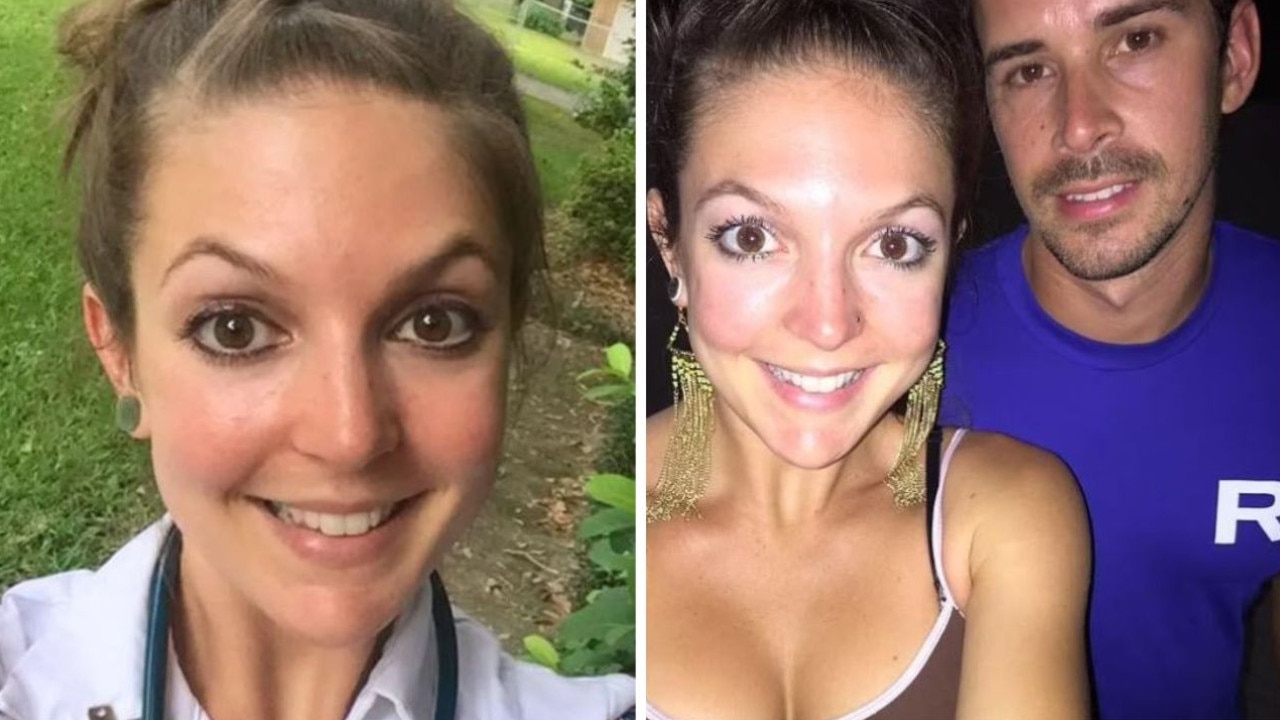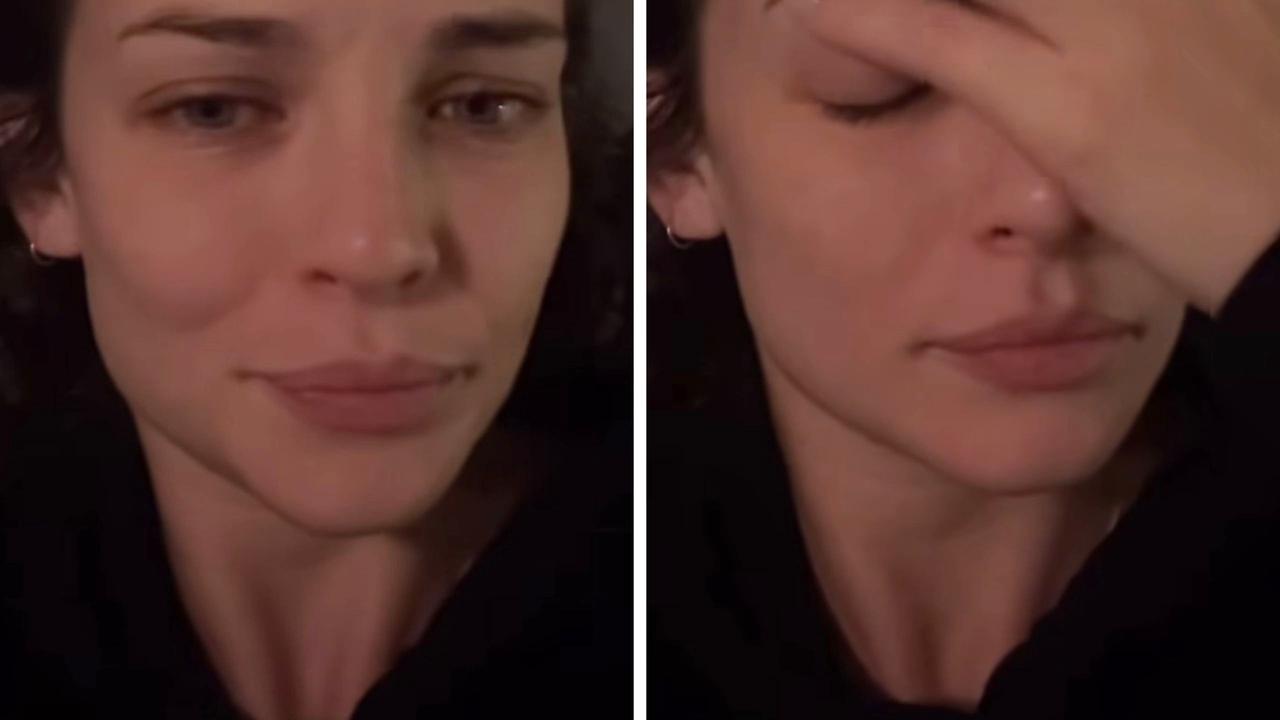Older women are the fastest growing group of homeless Australians
AUSTRALIA is only at the beginning of a massive problem that’s plaguing those who are closest to us. And they’re doing desperate things to survive.
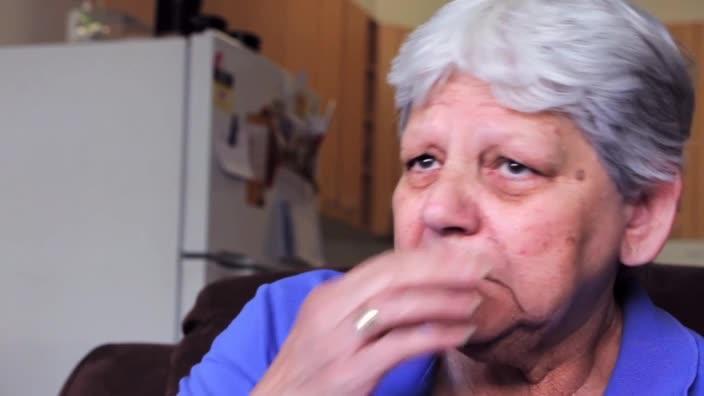
MONIQUE Pearce, 42, has a warm face and infectious laugh. Wearing a handmade necklace and a big, woolly cardigan to stave off Canberra’s winter chill, she starts chatting straight away. It’s impossible not to like her.
She candidly describes herself as an “older woman” who is “facing life alone.”
While Monique now lives in supported accommodation offered by St Vincent De Paul, just 12 weeks ago she was homeless and forced to survive on the street in ways many of us would find unimaginable.
“It is dangerous. You do not sleep very well,” she says, “I might find somewhere safe to sleep by being a bit slutty, just for a bed.”
This could lead to “some breakfast in the morning and a packet of cigarettes.” And that’s a big deal, considering the meal might be the only one she has for many hours to come.
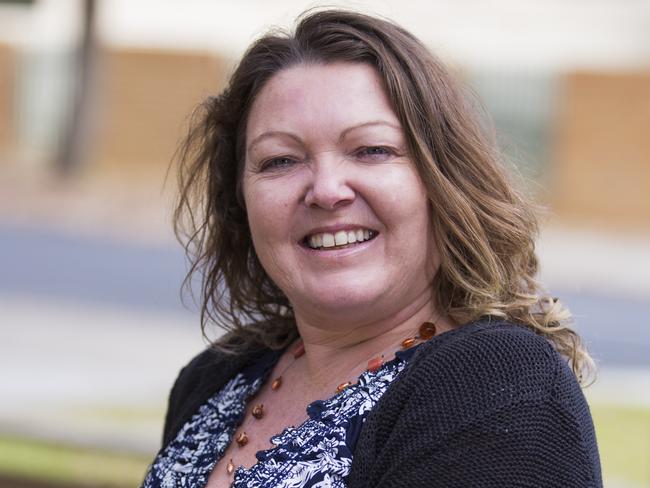
It might seem like a world away but as Monique says, homelessness “can happen to anyone at any time.”
“I had a relationship breakup. I lost my job not long after,” she explains, “I lost my house because we split up. Financially I could not cope … and I just did not have anywhere to go.”
Her story is far from unique. While older women do not make up the majority of homeless Australians, they are a rapidly rising demographic.
According to statistics gathered by the Federal Government’s Australian Institute of Health and Welfare, from 2011-12 to 2013-14 the number of women aged 55 years and over accessing specialist homelessness services increased by 26 per cent. Close to 10,000 older women accessed these services in the last financial year.
But this only accounts for the women who actually sought help from a homeless support service. A 2014 University of Queensland report commissioned by the Mercy Foundation, indicates homeless older Australian women are “likely to be statistically invisible in data systems” because they aren’t readily countable.
They are usually not sleeping rough, the report says, but instead “are more likely to be staying with friends, living in a car, living under the threat of violence in their home or physically ‘hiding’.”
Felicity Reynolds, CEO of the Mercy Foundation says that while the numbers of homeless older women only represent “six to eight per cent of the total number of people counted as homeless in Australia,” we need to pay attention because this “is a problem that we appear to be at the very beginning of.”
“This should be setting off alarm bells for the policy makers because this is only going to get worse as affordability gets worse,” she says.
Ms Reynolds says women are “paying what some people call the ‘mummy penalty’.”
“They’ve had extended periods of their life out of the paid workforce, and therefore haven’t necessarily acquired savings, haven’t necessarily acquired superannuation and [are] without a partner.
“They’re poor and they’re priced out of the market,” she says.
Not only this but this group of so-called “conventional” older women have “never experienced a housing crisis in their life,” Ms Reynolds says.
Kath, 53, worked her whole life and raised her son as a single parent. For more than a decade after her son left home she took contract work in Queensland and Northern Territory mines, living in camps and renting holiday accommodation in between jobs. In 2012 injuries from a car accident and years of heavy labour got the better of her.
“I could not go back to work,” Kath explains, and “my money ran out from my last job.”
She applied for and received Centrelink benefits but still couldn’t find anywhere to live, describing the experience as “devastating.”
“I tried to apply for a few places, but because I’ve been living in the mines and had not had a rental history, no real estate [agent] would accept me,” she says.
Not wishing to impose on her son and his girlfriend, Kath was forced to live in her car.
“From day-to-day it was just purely surviving,” she says, “trying not to stay in the same area, because people would actually report you for sleeping in the car, which is an offence. It was just like living like a criminal on the run.”

Kath constantly felt unsafe and was often forced to leave an area in the middle of the night because “I had guys walking around watching me.”
In December 2013 Kath’s injuries became so painful, she was unable to sleep and became suicidal.
“All agencies were closed over Christmas. I had nowhere to turn for support. I rang Lifeline [and] they said I was suffering depression because I was homeless but couldn’t help,” she says.
“I felt lost, alone and that nobody cared. I felt like being homeless and living in my car, I was a burden to society …. I just wanted to walk in front of a bus,” she says, adding that only the thought of “how horrified my son would be” stopped her.
Jeff Fiedler, manager of education and housing advice at Housing for the Aged Action Group (HAAG) in Melbourne says his organisation helps about 1,400 older women to find affordable accommodation each year. His service has seen a 100 per cent increase in older female clients in the last five years.
He points out there has been a huge jump in the number of older people in “the unregulated private rental market.”
According to the 2011 Census, 336,174 people over the age of 55 were in private rentals. Mr Fiedler says about 80 per cent of those people are relying on a pension to live, which means nearly 270,000 older Australians “are having difficulties managing in their private rental accommodation.”
“The average rent for a one-bedroom flat in Melbourne is about $300 a week and that takes about 65 per cent of the age pension,” he says.
“There has to be more affordable rental housing and Governments have to invest in that,” he says.
Betty Donegan, 68, found herself on the verge of homelessness when she suffered a minor stoke in 2012 and moved in with her son and his girlfriend.
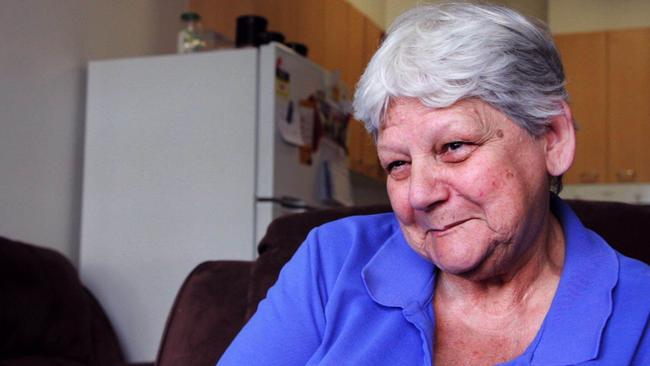
“His partner, she just didn’t like the idea of me being there all the time,” Betty explains in a moving video produced by HAAG.
“She just wasn’t getting along with me and everything I did was wrong and she was fighting with my son all the time and I thought it was best that I went,” Betty says
“I had visions of myself sleeping in my car,” she says, “when you live on the pension it’s not much and the rent for the housing and that now, that would take your whole pension and you’d have nothing to live on.”
With HAAG’s support, Betty managed to find secure, affordable housing and has been living in her own apartment for 12 months.
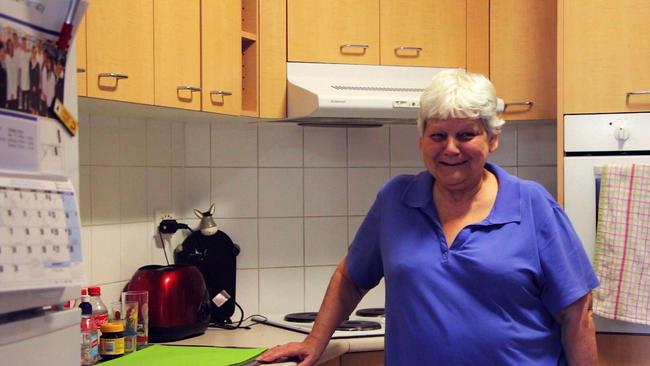
Mr Fiedler believes Australia needs to “build a sector of support” for the coming “wave” of Baby Boomers who will inevitably face housing insecurity.
“We are the only service of its kind in Australia that focuses on older people at risk of homelessness in the rental market. At the very least we need central services like ours in every capital city in Australia,” he says.
“It’s not charity, it’s not that you’re down on your luck and so you need a handout. Everyone should have the right to a decent home,” he says.
Ms Reynolds believes we need to be more creative with housing solutions, instead of just providing short-term transitional housing that “doesn’t actually provide an answer.”
Ginger Gorman is a multi-award winning print and radio journalist, and a 2006 World Press Institute Fellow. Follow her on twitter: @freshchilli

